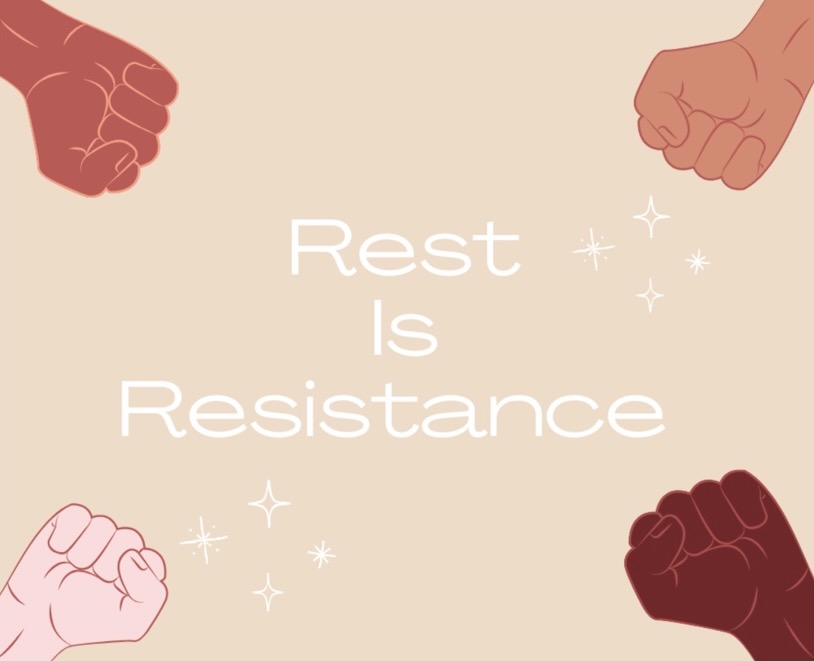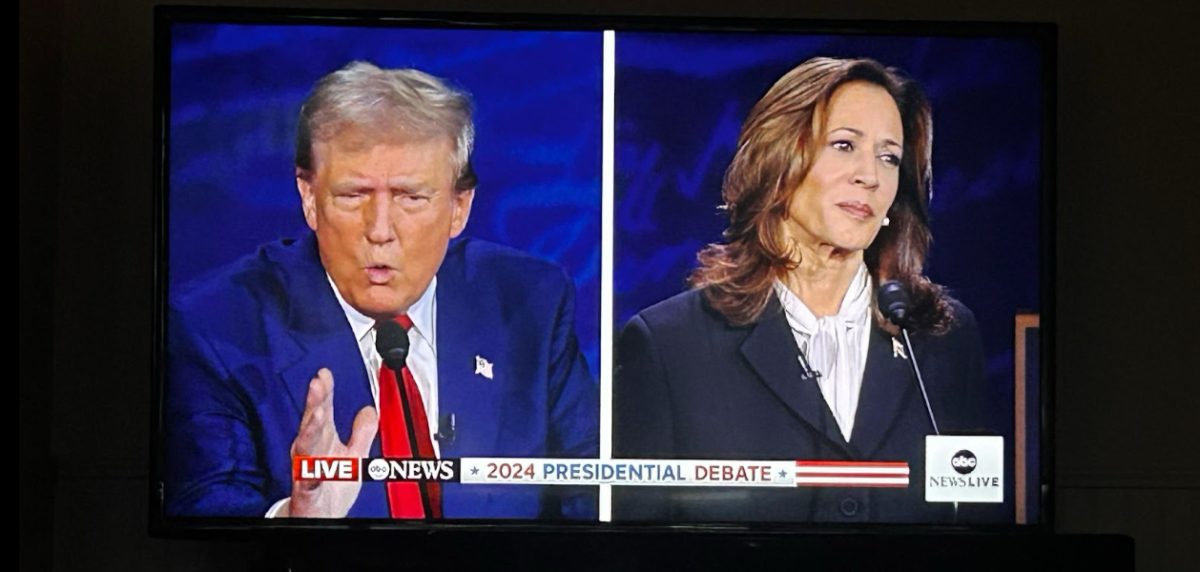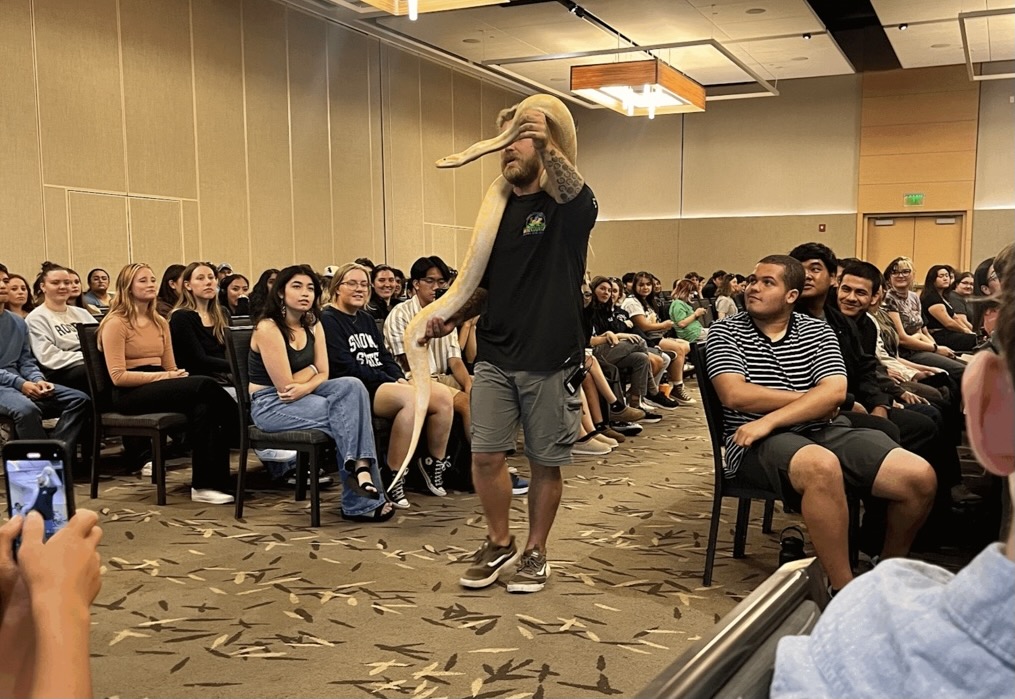On Feb. 4 an announcement was sent out notifying the entire Sonoma State University community of asbestos found in multiple places on campus.
SSU’s Interim Senior Director of Risk Management, Emergency Services, and Campus Safety Operations, Missy Brunetta, released the statement along with a list of buildings and descriptions of the asbestos-containing construction materials.
The buildings included; the Art Department, boiler plant, Carson Hall, Children’s School, Facilities Management, International Hall, Ives Hall, PE Building, Nichols Hall, Zinfandel, residential halls, classrooms, Wine Institute, track, and the Student Health Center.
Over the last seven years, the school has regularly reported asbestos in many of these locations.
Brayton Purcell LLP, a California-based asbestos law firm, posted an article back in April of 2018, highlighting SSU’s ongoing asbestos issues and stated that the buildings listed in the recent report already contained, “considerable amounts of asbestos”, four years ago.
This is not the first time asbestos on campus has been an issue. The Brayton Purcell article describes an incident back in 2018 where the university was fined $6,000 by the State after, “neglecting to follow safety rules and procedures while removing athletic tracks that contained asbestos,” wrote Eloísa Ruano González in a 2018 article for The Press Democrat.
A year before, in Sep. 2017, Paul Payne, a staff writer for The Press Democrat, wrote an article on SSU having to pay millions of dollars in a whistleblower trial due to negligence of asbestos present at the time.
This resulted in faculty members and staff who had worked in Stevenson Hall from 2013 to 2015 each getting “a piece of more than $2.9 million in penalties handed down for violations of occupational health and safety laws.” Stevenson Hall is currently undergoing reconstruction.
The notice put out this year suggests everyone, “avoid touching asbestos materials in walls, ceiling, pipes, or boilers. Do not drill holes, hang plants or other objects from walls or ceilings made of asbestos-containing construction materials.”
Although there are precautionary measures the SSU community can take to protect themselves and others from exposure to asbestos, it is a risk the school is willing to take.
Many students feel nervous about the school’s lack of concern. Sequoia Clokey, a fourth-year biology major stated her concern by saying, “As a STEM student who will be in the lab for class or research for multiple hours on end each week, I find it disconcerting that the school is knowingly putting students at risk by not addressing the asbestos situation.
The notice from the university expressed that there is no reason for students or faculty on campus to feel concerned. “Asbestos-containing construction materials pose no threat to your health unless asbestos fibers become airborne due to material aging, deterioration, or as a result of damage,” Brunetta wrote.
Despite SSU reassuring students, staff, and faculty that there is currently no safety concern, many are expressing fear and surprise over the choices administrators have made.
Nico Schwartz, a fourth-year Childhood Education major stated her concerns. “It’s very disappointing that they are not doing anything really to protect their students and especially children in the Children’s School even when SSU claims that they’re a well-kept school. We as students spend a ton of money and the least they could do is put in the time to make sure the buildings are up to date. If asbestos has been there for seven years that’s one thing, imagine the other issues that aren’t being talked about. They’re putting us in harm’s way for their own benefit.”
In the past, SSU has shown a tendency of waiting until the last minute when it comes to safety for the community, and while the transparency of the notification is appreciated, many members of the community are left with questions about the next steps the university plans to take.
COURTESY// Montana Lahey
Stevenson Hall is the largest asbestos renovation project on campus. The new building improves many aspects including new floor to ceiling windows and a more open concept.


































